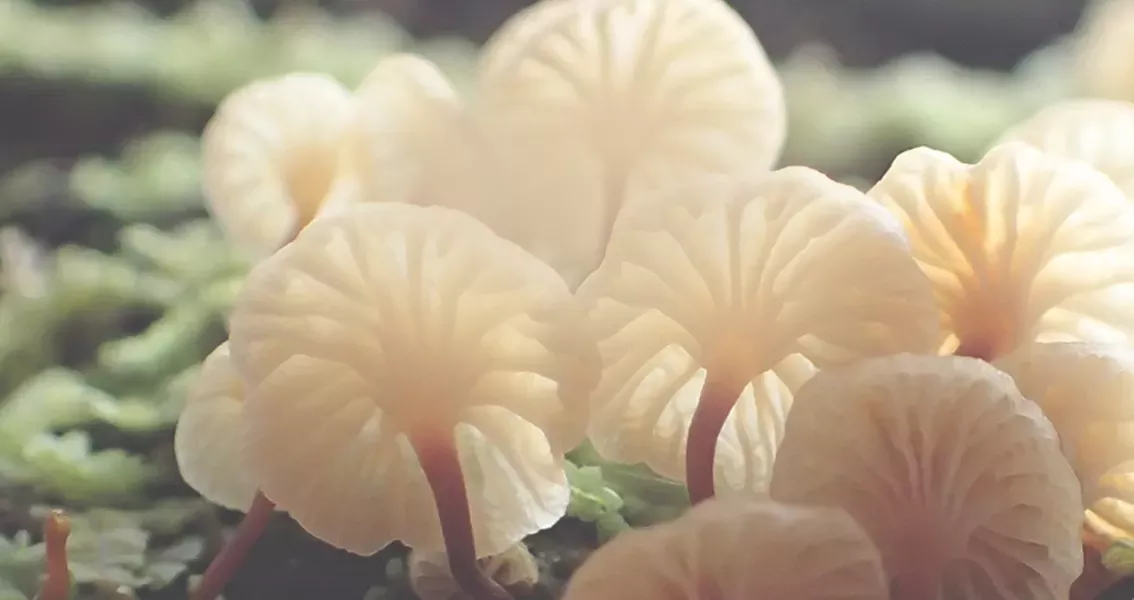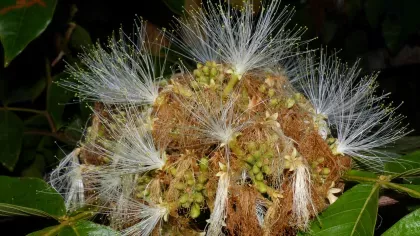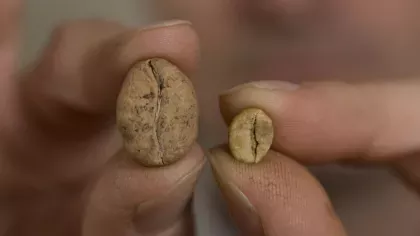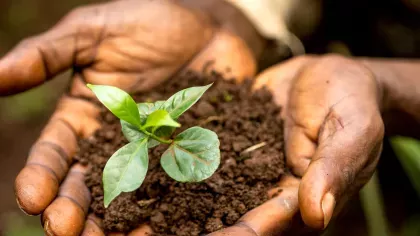19 February 2020
Brazil’s secret gardens
Around 15 per cent of Brazil's plants are found in the campo rupestre - one of the most species rich areas in the country.

Brazil is known worldwide for its forests and its biodiversity.
However, few people are aware that one of the most species-rich areas in Brazil is not in rainforest but in the campo rupestre, home to more than 5,000 species of plants, most of which are known only from this rocky mountain vegetation.
Campo rupestre: a garden mosaic
The campo rupestre, literally translated as ‘rocky fields’, is distributed in a mosaic of garden-like patches along the Espinhaço mountain range.
This mountain range extends over 1200km from the Atlantic Forest region, in the southeast of Brazil, through the central Cerrado savanna area into the semiarid Caatinga of northeast Brazil.
The mosaic includes patches of bare rock with occasional plants rooted in the rock fissures, interspersed with areas of colourful vegetation including many flowering shrubs and unusual bulbous plants.
Trees are concentrated along stream margins or well-defined groves in sheltered areas with deeper soils.

Botanical hotspot
More than 30,000 species of flowering plants are known in Brazil. Around 15 per cent of these occur in campo rupestre, meaning that one in six of its plant species can be found in less than 1 per cent of Brazil’s area.
This extraordinary concentration of plant species has attracted the attention of botanists over several decades.
This includes generations of students from the University of São Paulo, where I've been an undergraduate in Biology since 2017, often undertaking fieldwork in collaboration with taxonomists from Kew, where I'm currently on a study visit.
Resulting scientific publications have included descriptions of hundreds of campo rupestre species new to science, as well as books highlighting some of the mountain areas with particularly important concentrations of rare plants, as many as a thousand on a single mountain.
A globally important ecosystem
The growing evidence for the extraordinarily high numbers of species in such a restricted area has demonstrated the importance of this ecosystem for global biodiversity.
In recognition of its significance, the Espinhaço Range was designated as an International Biosphere Reserve by UNESCO (United Nations Educational, Scientific and Cultural Organization) in 2005 for its biological, geomorphological and historical importance. Its cultural significance is reflected in the designation of its colonial towns of Ouro Preto, Congonhas, and Diamantina as UNESCO World Cultural Heritage sites.


Conserving species in the Espinhaço Range
Like much of global biodiversity, campo rupestre vegetation and its unique species are suffering from human actions.
Because of threats like mining, agriculture, livestock grazing and fire, biodiversity is declining fast in response to the habitat loss, reducing the range of many species, and so increasing their extinction risk.
In response to this, dedicated teams of scientists are working to improve knowledge of campo rupestre, focusing not only on working out the identity of the species living there, but also on their current status and the threats to their survival.
With this kind of data we can help to create effective conservation policies to preserve the species and the ecosystem.
Using the extinction risk assessment protocols of the International Union for Conservation of Nature’s Red List of Threatened Species (Red List), an approach widely adopted for evaluating conservation status of plants, animals and fungi across the globe, we can determine the threat level of each species.
This is a key step towards conservation action.
To complement our Red List assessments, for groups where sufficient information is available, we are factoring evolutionary history into our analyses.
This approach will help to ensure that conservation plans are tailored so that as much as possible of the unique evolutionary history of the campo rupestre flora survives, maximising the potential of these unique plant communities to respond to future challenges, including climate change.

Chamaecrista under threat
Chamaecrista is a genus, in the pea family Fabaceae, of more than 330 species with its centre of diversity in Brazil.
A particular group of Chamaecrista species is restricted to campo rupestre (endemic) and has high diversity in this ecosystem, including species narrowly confined to particular sites within it (micro-endemics) and therefore of conservation concern.
While at Kew, I’ve completed training in Red List assessments, with the support of the scientists in Kew’s Plant Assessment Unit and I'm now assessing all the species in this group of Chamaecrista.
Using a DNA-based evolutionary tree for Chamaecrista, published by another University of São Paulo scientist, I can combine Red List scores and evolutionary history into a metric to prioritise species for conservation.
I’ve been collaborating closely with Kew scientists who have undertaken similar analyses for gymnosperms worldwide and for South African yams. However, my study is the first time that this approach has been attempted for any Brazilian flowering plants.



